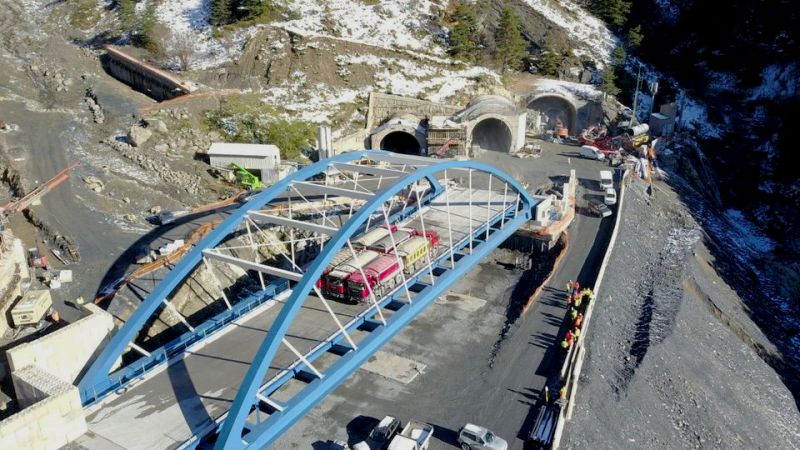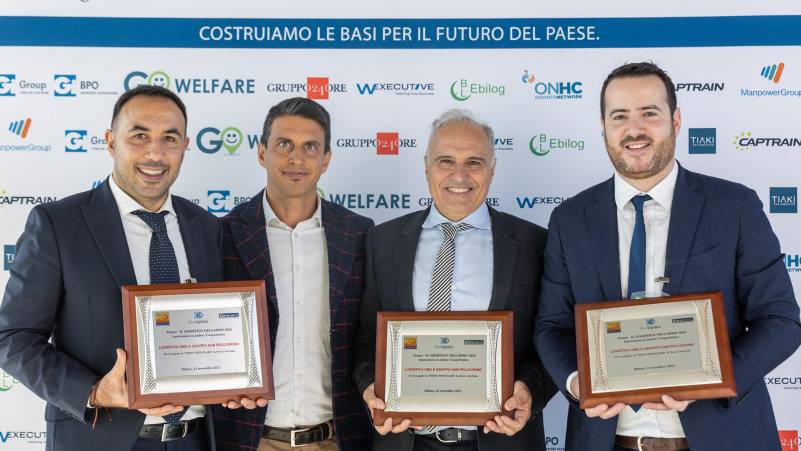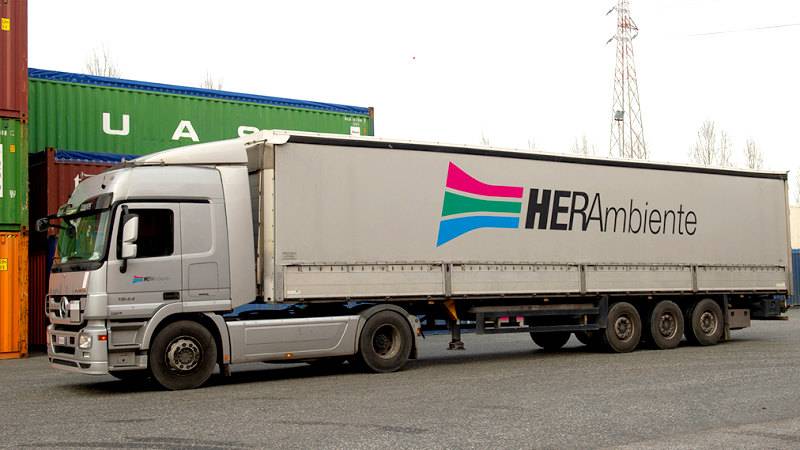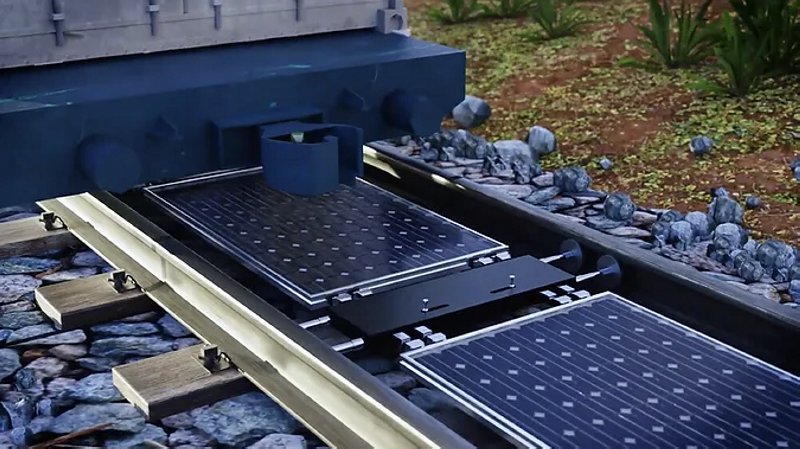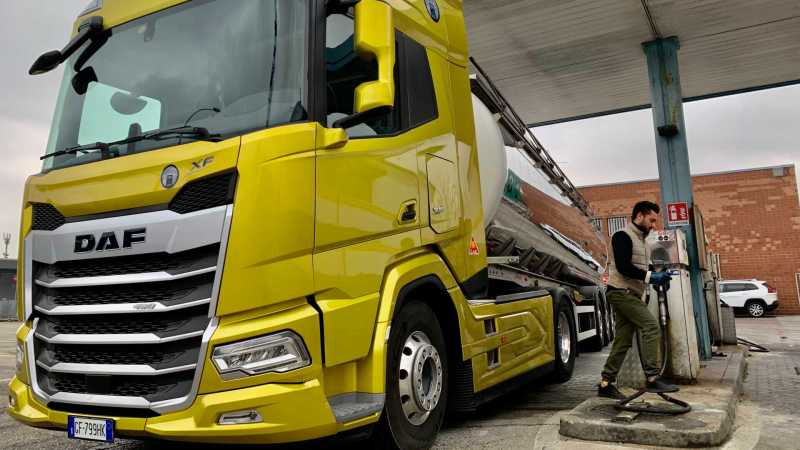The initial signs were not encouraging. France’s ongoing hesitation regarding the national route to connect with the Mont Cenis Base Tunnel left many wondering whether the country was truly committed to completing the Lyon-Turin link beyond the Italian Alps. As such, Paris’s decision, as revealed by the Prefecture of the Auvergne-Rhône-Alpes region, can be described almost as a plot twist—one that, in this case, is positive.
Not only will France undertake its share of the construction work, but it has opted for the most ambitious plan: one that accommodates freight rail traffic. The more modest idea of simply upgrading the historic line has been shelved in favor of constructing key infrastructure that marks a clear shift in direction. Instead of maintaining the existing route through the Maurienne Valley, tunnels through Chartreuse and Belledonne—previously under discussion—will now be built. This will result in a railway line described by the French as a “grand gabarit,” meaning it will have the maximum clearance required to allow the passage of intermodal trains without height limitations.
The chosen plan involves constructing a mixed-use rail line for both freight and passenger services between Grenay, about 30 kilometres southeast of Lyon, and Avressieux. This 50-kilometre stretch will be followed by a dedicated freight-only section, initially a single-track line, extending to Saint-Jean-de-Maurienne, where the French portal of the Mont Cenis Base Tunnel will provide access.
In early 2025, France’s railway network operator, SNCF Réseau, will begin a detailed preliminary design study for the French section of the Lyon-Turin rail link. The study, co-funded by the European Union, will cost just over €160 million and is expected to take three years to complete. However, the final cost of the works designed by SNCF Réseau remains to be determined, with estimates for the French section ranging widely between €10 billion and €15 billion. It is likely that this range previously accounted for the possibility of an initial dual-track line, with one track dedicated to high-speed passenger trains—an idea that has since been abandoned.
Regardless of the budget, it should be noted that the new tracks on the French section are expected to be completed, at best, around ten years after the opening of the 57.5-kilometre Mont Cenis Base Tunnel, which includes the cross-border section currently under advanced construction by the promoter, Telt.
Piermario Curti Sacchi





